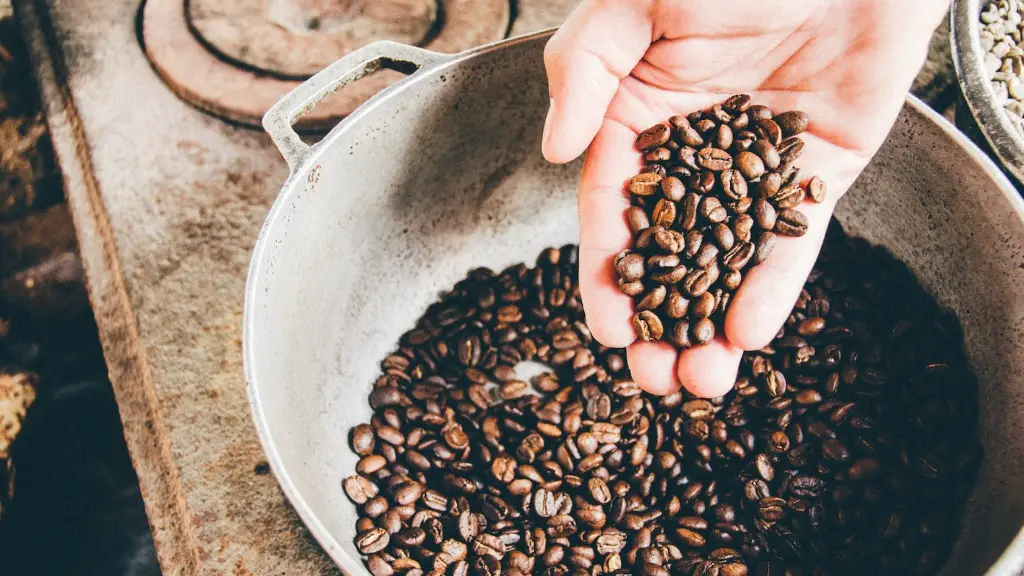Elevation and Temperature
Most coffee growing valleys in Peru are located at an elevation of 800-2500 meters above sea level. This elevation can make coffee picking very difficult, but it also helps create a great environment for the beans to thrive in. The ideal temperature for coffee growing is 20-22°C, which is slightly lower than what is found at sea level. As a result, coffee grows at higher altitudes often have very intense and complex flavors that are not found in coffee grown in other parts of the world.
Rain and Sunlight
Peru receives 12-15 hours of sunlight a day, and between 150 – 200mm of rain a year. This combination of sunlight and rain helps the beans to develop their distinct flavor profiles that make them stand out. The Amazon region of Peru receives much more rainfall than the other regions, which can lead to coffee beans being washed out and losing their flavor.
Pesticides and Chemicals
Pesticides and other chemicals are an unfortunate reality in the coffee industry. Coffee farmers all over the world, including in Peru, are often pressured to use these chemicals to speed up their production process and increase the shelf life of their beans. Unfortunately, these chemicals can have a negative effect on the taste and quality of the coffee beans. There are some certified organic growers in Peru, but most of the coffee in the country is not organically grown.
Organic Certified Farming Practices
Organic farming practices, such as using natural pest controls, crop rotation, and composting are becoming increasingly popular in Peru. These practices help to maintain the flavor of the coffee beans, as well as help protect the environment. Additionally, organic farmers are often better compensated for their product, allowing them to earn a better living from their work.
Fair Trade Certified Coffee
Fair trade certification is designed to help ensure that coffee farmers are adequately paid for their work. This certification can also help ensure that farmers adhere to certain farming practices, such as using only organic methods. There are several fair trade certified coffee producers in Peru, helping to ensure that farmers are treated fairly, and that consumers get high quality coffee.
Roasting and Processing
Once the coffee beans have been harvested, they need to be roasted and processed. Roasting the coffee helps to bring out the flavor of the beans and make them more palatable. The coffee beans that are grown in Peru are often roasted lightly, or even served raw, in order to preserve their natural flavor. The method of processing the coffee can also affect its flavor, as different methods are used to remove the outer husk from the beans.
Conclusion
Overall, coffee from Peru is generally safe to drink. The elevation, temperature, rainfall, and sunlight all help create a unique flavor experience that is often hard to find in other parts of the world. Additionally, organic and fair trade certified coffee beans that adhere to certain farming practices can help ensure that the coffee is of the highest quality. Roasting the coffee in a light manner, or even leaving it raw, can also help to preserve its flavor.
Health Benefits
Coffee is a powerful antioxidant and provides a variety of health benefits when consumed in moderation. Studies have shown that drinking two to four cups of coffee per day can reduce the risk of heart disease, stroke, type 2 diabetes, and certain types of cancer. Additionally, coffee can boost your energy levels and improve your cognitive function.
Coffee Culture
Peru has a thriving coffee culture and is home to some of the best coffee houses in South America. The country is home to a variety of coffee styles, from traditional espresso to cold brews. Additionally, many of the coffee houses in Peru offer unique blends that are made with locally sourced beans.
The Impact of Climate Change
Climate change is having a major impact on coffee production in Peru, as rising temperatures and shifting weather patterns can affect crop yields. Additionally, the decline of pollinator populations, such as bees and butterflies, can also have an impact on coffee production. These changes are already being felt in Peru, and farmers are having to adapt to the new climate conditions.
Breeding for Disease Resistance
Coffee farmers in Peru are taking steps to breed for disease-resistant varieties, in order to protect their crops from pests and diseases. Coffee diseases can reduce crop yield and quality, so it is important to have robust varieties that can withstand these threats. Additionally, hybrid varieties of coffee can also help farmers improve the flavor of their beans, as well as increase their resilience to disease.


